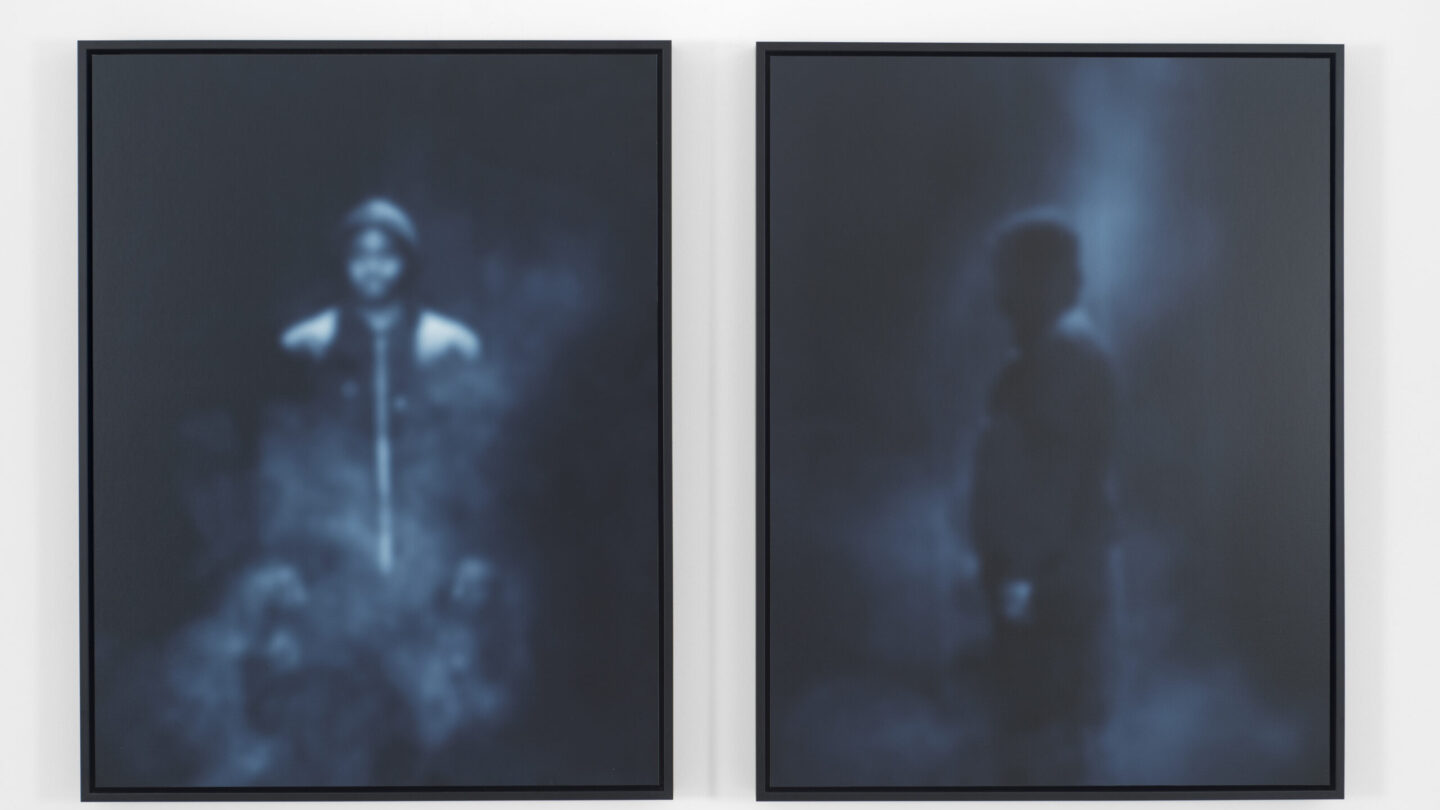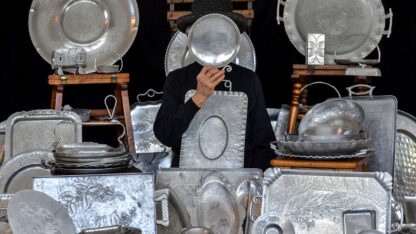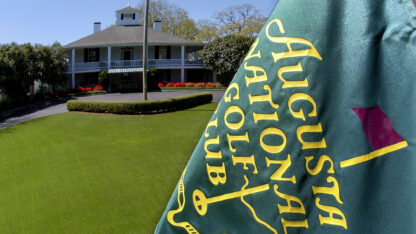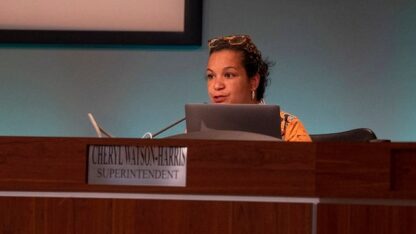Carrie Mae Weem's photography exhibit questions stereotypes associated with Blackness

The overwhelming numbers of deaths of Black people at the hands of police are staggering. In response, the artist Carrie Mae Weems asks viewers to witness Black humanity with clarity and conscience. An exhibition of her recent work in photography and video art, “The Usual Suspects,” is on view at the Georgia Museum of Art through Aug. 7, and its images of Black Americans bring into question stereotypes that associate Blackness with criminality.
Shawnya L. Harris is the Georgia Museum’s curator of African-American and African Diasporic art, and she joined “City Lights” host Lois Reitzes via Zoom to talk about the exhibition.
Interview highlights follow below.
Challenging ‘textbook definitions’ through art:
“I always think about the expression ‘textbook definitions,’ or that something is connected to a textbook, and I always think about my own schooling, everything that we learned in social studies… you know, you have these captioned images of different societies and different behaviors people engage in from different groups,” said Harris. “I think that Weems is teasing out that interaction between visual imagery and how we understand and perceive groups of people or individuals, based on these, what I call the ‘textbook image’ or the ‘textbook definition’ that’s communicated to us, and then we translate into our own minds, and we believe without often getting all of the details and all the facts about individual situations.”
How Weems’ images provoke assumptions, then questions:
“Most of the images were enlarged images that are screen printed, and that are based on photographs of shadowy images of what we believe… [are] hooded Black males. I talked to a group not too long ago, and I said, ‘Well, how do we know that they’re males? How do we know they’re Black males?’ We just assume that, based on other information that we’ve received visually, maybe through the news,” Harris said.
“In other instances, you have images of these shrouded figures that have these blocks of color across their mouths, and specifically a red box or a maroon-colored box across their mouths, which means that in a sense, symbolically, they’re silenced. And so we really never get, in a sense, from these images, the full story. And I think that’s a lot of what Weems is trying to communicate, is we don’t always get the full story. These things, these violent acts often happen in a split second or in a few seconds of time, and not an opportunity to get the full story before something tragic occurs.”
On Harris’s companion exhibition, “Call and Response:”
“My curatorial intern for the semester… and I were intrigued by this notion of grace, and that is also communicated through Weems’ exhibition,” said Harris. “How do you find grace, even if you think of it in an esoteric sense, in moments like these where there’s just so much tragedy that goes on that we have to face? ….How [do] we want to be able to respond to that? So that’s where the title came from, ‘Call and Response.’”
She added, “Many of the objects that we chose, they, of course, have no direct relation to any of the cases that Weems is bringing up, but it does speak to how artists of color have, for centuries and decades, tried to communicate grace despite all of the societal ills that they face, including violence.”
“Carrie Mae Weems: The Usual Suspects” is on view through Aug. 7 at the Georgia Museum of Art at the University of Georgia. Tickets and more information are available at https://georgiamuseum.org/exhibit/carrie-mae-weems-the-usual-suspects/.








